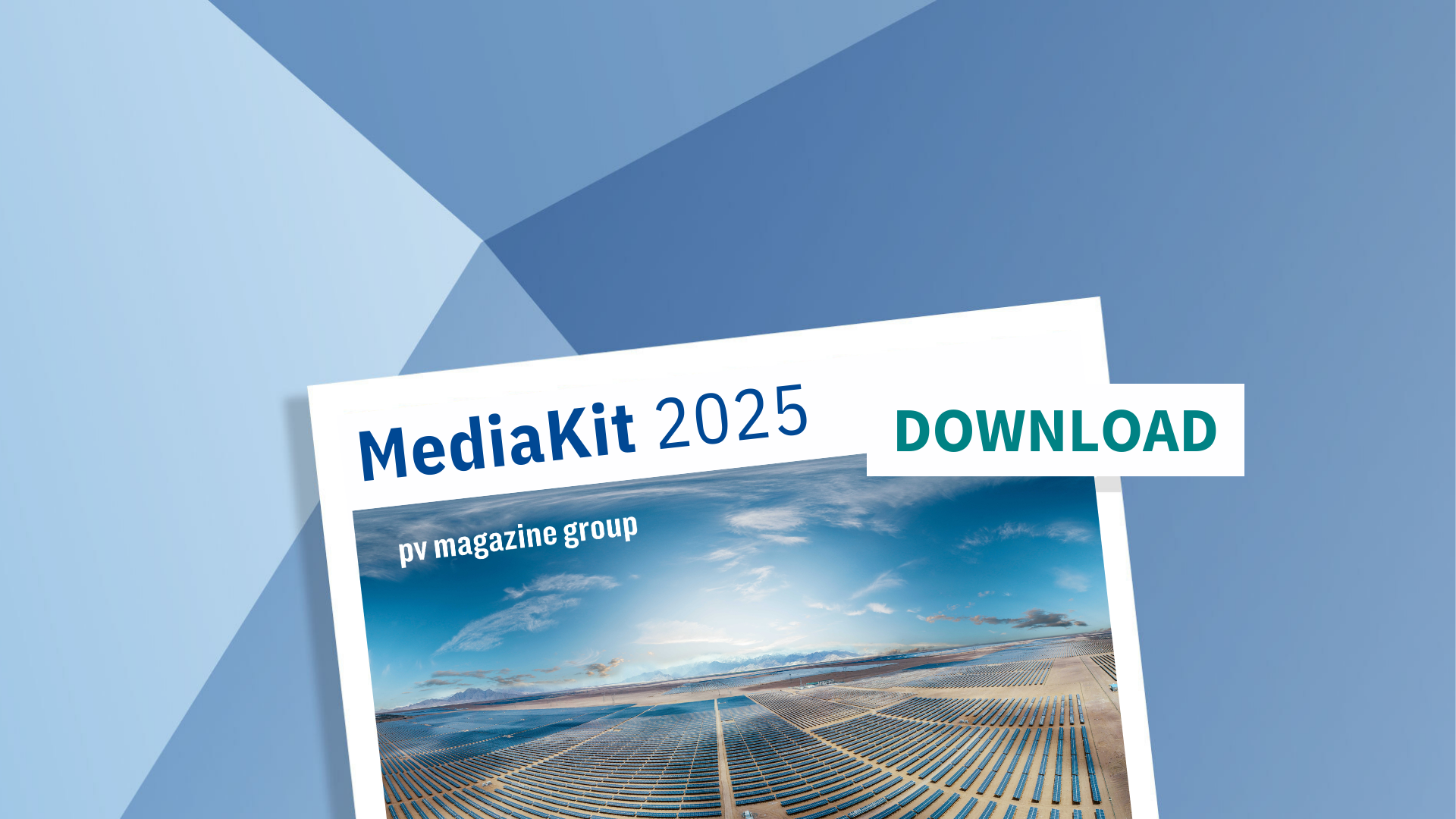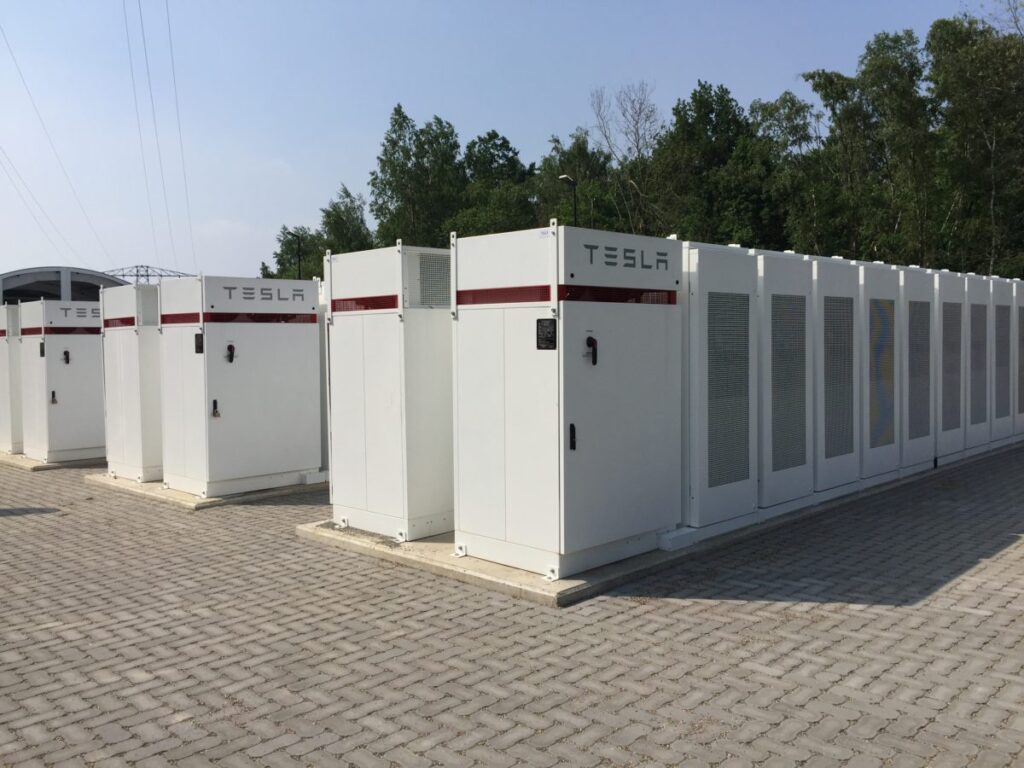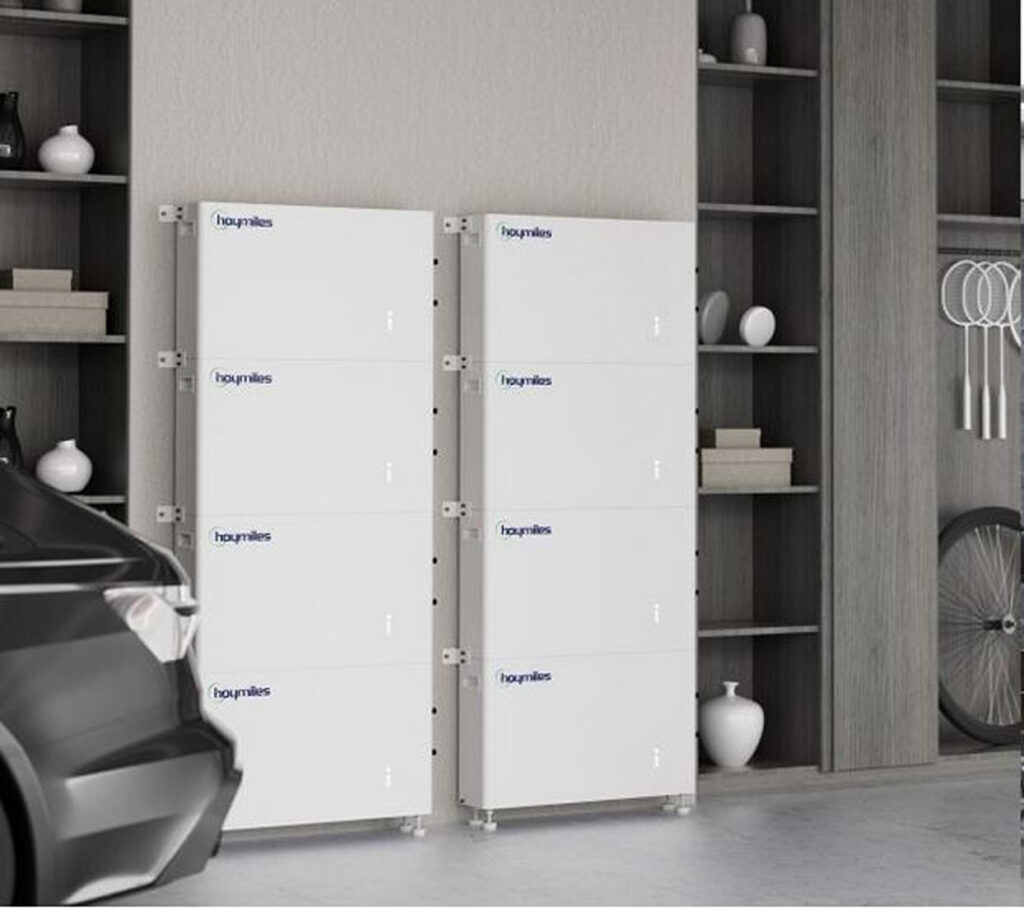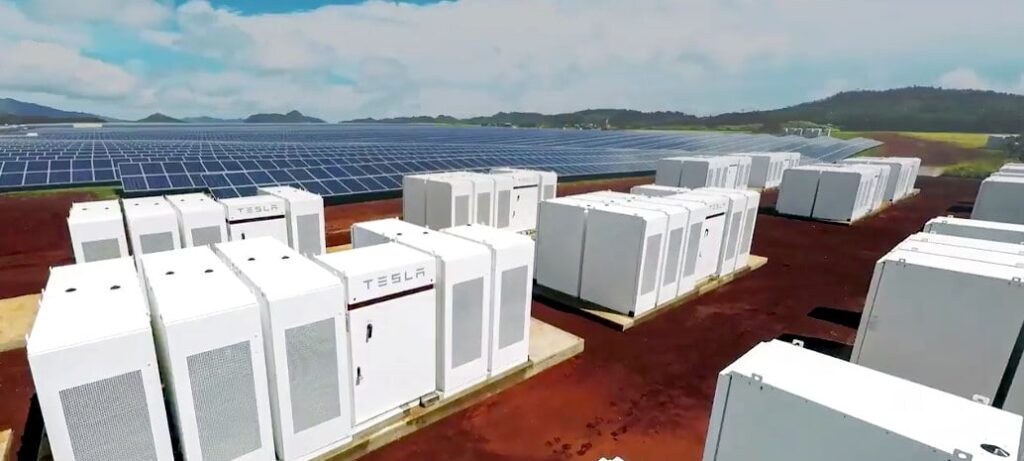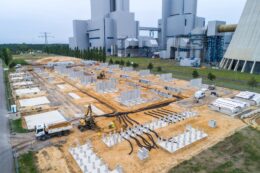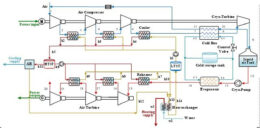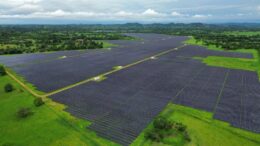Chile has 15 GW of energy storage under environmental permitting
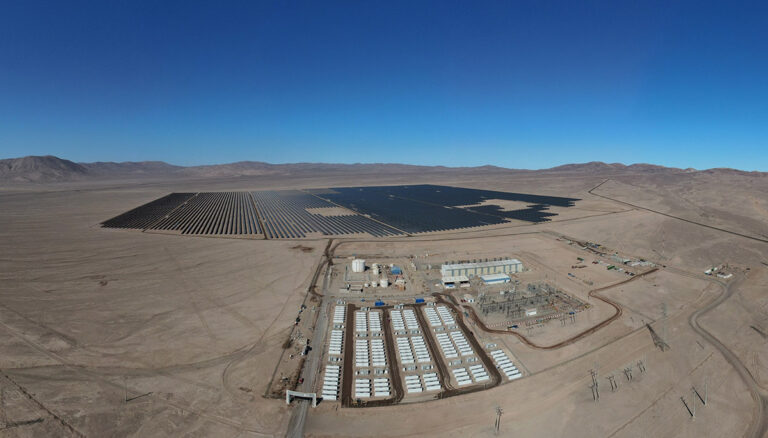
Chile had 3 GW of energy storage projects operational, undergoing testing, or under construction by November 2024, according to the latest renewable energy figures published by Acera.
A further 15 GW of various types of energy storage projects were undergoing environmental assessment or had secured permits in a year which featured a record $5.7 billion invested in clean energy, 231% more than was attracted in 2023.
With clean energy accounting for 68% of Chilean electricity in 2024, Acera executive director Ana Lia Rojas said, “We are closing 2024 with a record … November, [during which] more than 80% of the electricity consumed in the country [was] generated with clean energy. However, we have an environment of uncertainty that is beginning to affect investment decisions which are key for the next five years.”
Rojas praised the government’s decision to halt a four-year freeze on electricity tariffs, saying it was “one of the most important decisions” taken by the regime and “although it generated tensions and debate, was key to alleviating the financial burden affecting electricity generators and allowed a step towards a more balanced and sustainable system.”
The nation’s impressive energy storage performance “positions Chile as a regional leader in technological innovation and flexibility in the electrical system, although we are waiting for the resolution of some pending provisions regarding the programming and operation of these facilities, [under decree] DS125; their participation at the level of distributed generation, DS88 and DS57; and the technical standard required at the level of the grid code NTSyCS,” said the Acera director.
Hurdles
The trade body is concerned about a government bill which aims to extend electricity subsidies, as one proposed form of financing an expanded program would involve levying charges of utility- and small-scale, distributed electricity generators. Rojas the projected move “has affected the financing capacity” of such projects and threatens future investment.
A record, 6 TWh level of electricity curtailment is also a concern, with Rojas adding, “This reflects the lack of electricity demand, lack of transmission [capacity] and thermal [power plant] inflexibility. Some solar plants have suffered cuts of 55% in their production, which puts their financial viability at risk as their productive capacity remains inactive for more than half of the time.”
From pv magazine LatAm.



